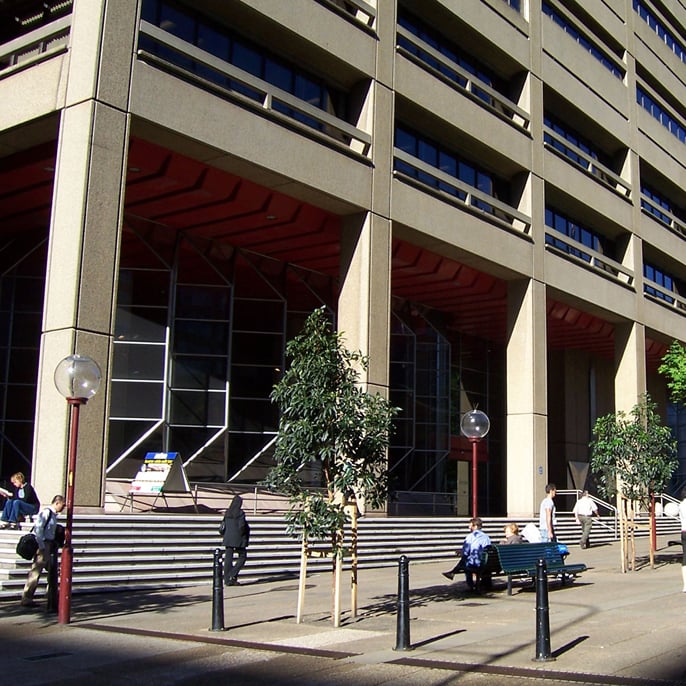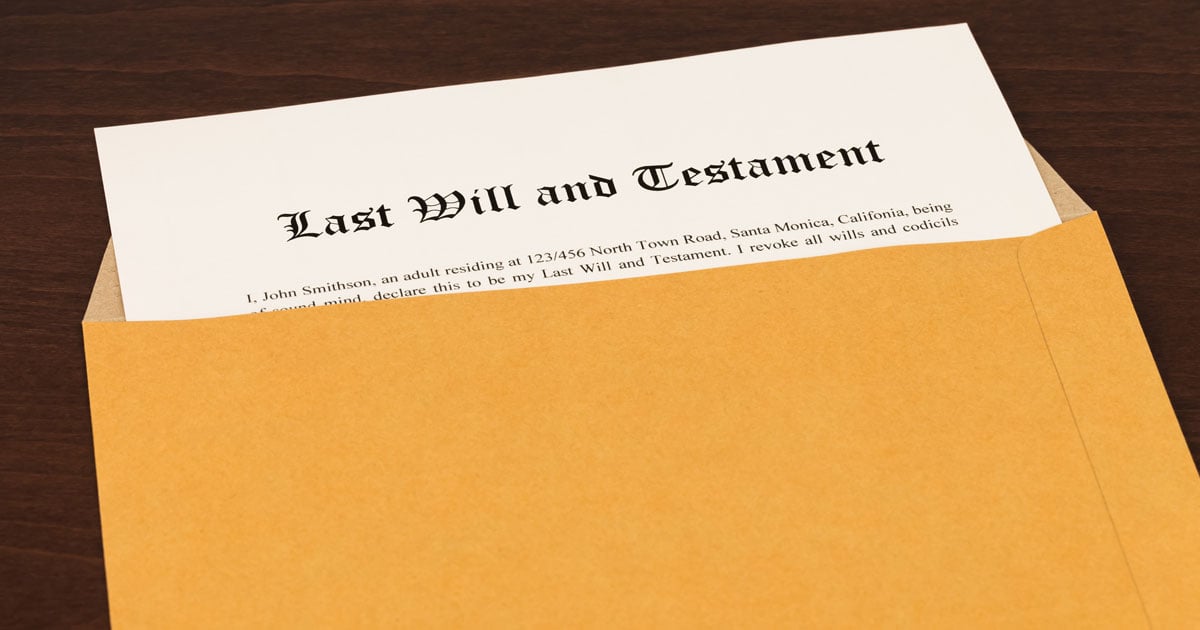
Understanding, Preparing and Removing Caveats (NSW)
- 3 hrs
- 2 CPD Points
- 24/03/2026 - 24/03/2026
- Interactive
- From $247.50
- WN0318_PRO1
Understanding, Preparing and Removing Caveats (NSW)
Date & time: 24 March 2026, 9.00am to 11.45am AEDT
Every year, thousands of caveats are lodged across Australia - many valid, some not. A single misplaced or poorly drafted caveat can halt a property transaction, expose a practitioner to liability, and cost clients thousands. Understanding when and how to use this powerful legal tool is essential for every property lawyer.
In this practical webinar, you’ll unpack one of the most critical yet misunderstood aspects of property practice, the correct use, preparation, and removal of caveats. Through real-world examples and scenarios, you’ll gain clarity on how to protect your clients’ interests while avoiding common pitfalls.
In this program, we'll explore:
- The purpose and function of a caveat and why are they filed
- Drafting caveats and PEXA
- The process for removal of a caveat
- What is “sufficient substitute security” for a caveat
- Compensation under s 74P, and what is recoverable
- Leave under s 74O
- Electronic lodgement of caveats; and
- Valuable tips on briefing counsel
At the end of this live webinar, you will earn 2.5 CPD points.
EARLY-BIRD DISCOUNT
Take advantage of our Early-Bird offer and save 20% on live CPD courses.
Register by 24 December 2025 using code EARLYBIRD.
(Offer excludes Lunch and Learn sessions and Short Courses)
Course Outline
9:00am: Login/Welcome
9:05am: The Purpose, Function, and Preparation of Caveats
- Understanding the purpose and function of a caveat
- Why and when to file a caveat
- Drafting caveats and navigating PEXA
- Electronic lodgement of caveats and subscriber obligations
10:00am: Stretch Break
10:15am: Removing Caveats and Managing Related Applications
- The process of removal of a caveat, including:
- Applications for withdrawl or issuing a lapsing notice
- Determining whether a caveatable interest exists
- Balancing convenience and onus of proof
- Drafting relief/orders and preparing evidence
- Short service considerations
- The role of the instructing solicitor in such applications
- Sufficient substitute security - when to request it or offer it
- Compensation under s74P – what’s recoverable
- Leave under s740
- Practical tips on briefing counsel
11:40am: Closing remarks
This live program is designed for legal practitioners, conveyancers, and property professionals who regularly handle real estate transactions and client disputes. It’s particularly valuable for those with some experience in property law or dealings with caveats who want to enhance their practical skills, apply structured strategies for managing caveats, and build confidence in resolving disputes efficiently.
This webinar is produced in NSW and presented by a NSW based practitioner. The course is suitable in the NSW jurisdiction.
If you intend to claim CPD units for this educational activity, please note that CPD activities are not accredited by the Law Society of NSW or any other equivalent local authority, with the exception of Western Australia. If you hold a practising certificate in a state or territory other than Western Australia and this educational activity extends your knowledge and skills in areas that are relevant to your practice needs or professional development, then you should claim one (1) "unit” for each hour of attendance, refreshment breaks not included. The annual requirement is ten (10) CPD units each year from 1 April to 31 March. Some practitioners, such as accredited specialists are required to complete more than ten (10) units each CPD year.
Practitioners holding WA practising certificates are not eligible to earn CPD points for this course.
All times listed for this course are Australian Eastern Daylight Savings Time (AEDT). Please take note of any time differences if you are registering from QLD, WA, SA, NT or from outside Australia.
The program covers the mandatory requirements of Professional Skills (1.5 points) and Substantive Law (1 point).

Vikram N Misra
Barrister, Clarence Chambers
Vikram Misra was admitted as a solicitor in 2012 and called to the NSW Bar in 2015. He maintains a broad commercial practice and is regularly briefed in matters relating to property law and construction law.
Vikram has completed a Graduate Diploma in Taxation Law at the University of Sydney in 2015 and a Master of Laws majoring in construction law and contract law at the University of Melbourne in 2016.
Vikram is the author of “Security of Payment in the NSW Building & Construction Industry (7th Ed, 2025)” (Thomson Reuters). He is also the sole contributing author to “Jacobs, Commercial Damages” (Thomson Reuters) and “Jacobs, McCarthy & Neggo, Injunctions: Law and Practice” (Thomson Reuters). Vikram is also a contributing author to Commercial Arbitration Law and Practice (Thomson Reuters) in the following sections: Domestic Arbitration, International Arbitration, Security of Payment (NSW) and Security of Payment (SA).
Vikram is currently a casual academic at Western Sydney University in the subject "Building Law".
Please be aware that video/audio recording may occur at professional development events organised by the College of Law for use on our website, marketing materials and publications. By attending and participating in a College of Law Continuing Professional Development course, you consent to the College of Law photographing or recording and using your image and likeness.

Excellent workshop, appreciated the wealth of knowledge and experience.
Past Attendee

Highly relevant material and a great training overall.
Past Attendee

Presenter was exceptional, well informed and engaging. The course was well presented. Use of case studies and scenarios helped explain the content.
Past Attendee

Content and case law were relevant and up to date, great format and well-paced delivery.
Past Attendee








































































